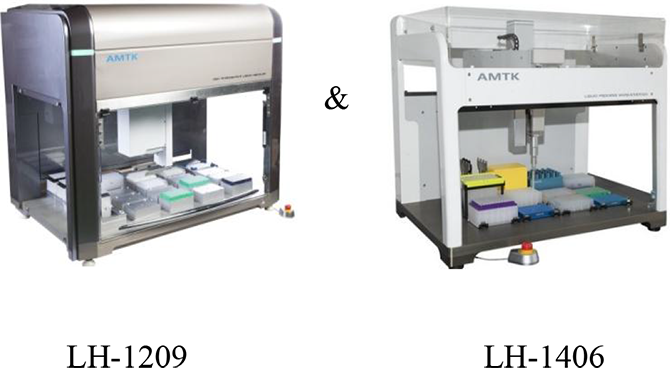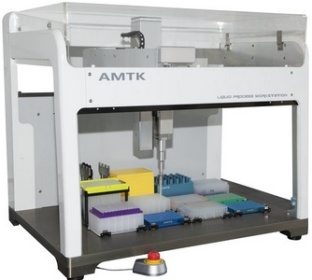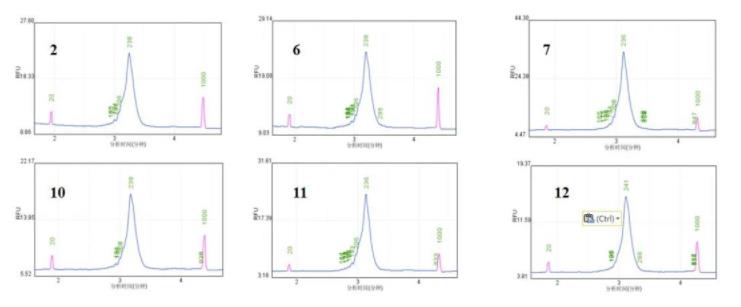Infectious diseases are major diseases that seriously threaten human health in today's world. Rapid and accurate diagnosis is an important prerequisite for effective treatment, disease monitoring, and control of the spread of diseases. With the continuous development and improvement of molecular detection technology, the clinical application of molecular detection in pathogenic microbial infection diagnosis and treatment monitoring has become increasingly widespread, and it has become an indispensable tool in the diagnosis and efficacy eva1uation of some important infectious diseases.
With the deepening of basic research and technological progress, the recognition process of pathogenic microorganisms and the detection market are also growing. In order to meet future development needs, AMTK has launched a series of automated workstation integration solutions, mainly distributed in qPCR detection and NGS detection In these two application areas, the entire process is convenient and fast, the results are accurate, the pollution rate is low, and the degree of automation is high. It serves well in blood stations, hospitals, disease control centers, third-party medical laboratories and other institutions.
qPCR application background
Real-time fluorescent quantitative PCR is a mature nucleic acid rapid detection technology, which has been widely used in the rapid detection of infectious disease pathogens, providing laboratory diagnostic evidence for the diagnosis of infectious diseases.
Real-time fluorescent quantitative PCR has been applied to the qualitative detection of viruses, the typing of virus genotypes and genotypes, and the identification of similar viruses. It is used to provide clinical diagnostic evidence of infectious diseases and understand the epidemic status of the virus. , Monitoring the epidemic type of the virus and discovering the source of the virus is of great significance for formulating targeted prevention and control strategies and measures for viral infectious diseases.
Real-time fluorescent quantitative PCR technology can detect the viral load of infected patients and animal tissues and body fluid samples, detect virus resistance mutants and infection markers in patients, etc., for monitoring the resistance of viruses in patients, tracking the progress of treatment, and eva1uating Vaccine preventive effect or drug treatment effect has important clinical significance.
Flow chart of qPCR detection of HPV/HBV

Workstation solution configuration
⬛ High-throughput HPV/HBV/EB---qPCR detection automation configuration


⬛Transfer the Sample from original tube, HPV/HBV/EB---qPCR detection automation configuration

LH-1808
Experimental data case
TheqPCR detectionresult of16 samplesofEB viruscomparisonbetween manualoperationand AMTK automatic workstation.Theexperimentrun one times manually and 3 times automatically.
The data shows that there is no significant difference between the automatic extraction effect of Epstein-Barr virus and manual extraction, and the sample concentration meets the test requirements.

